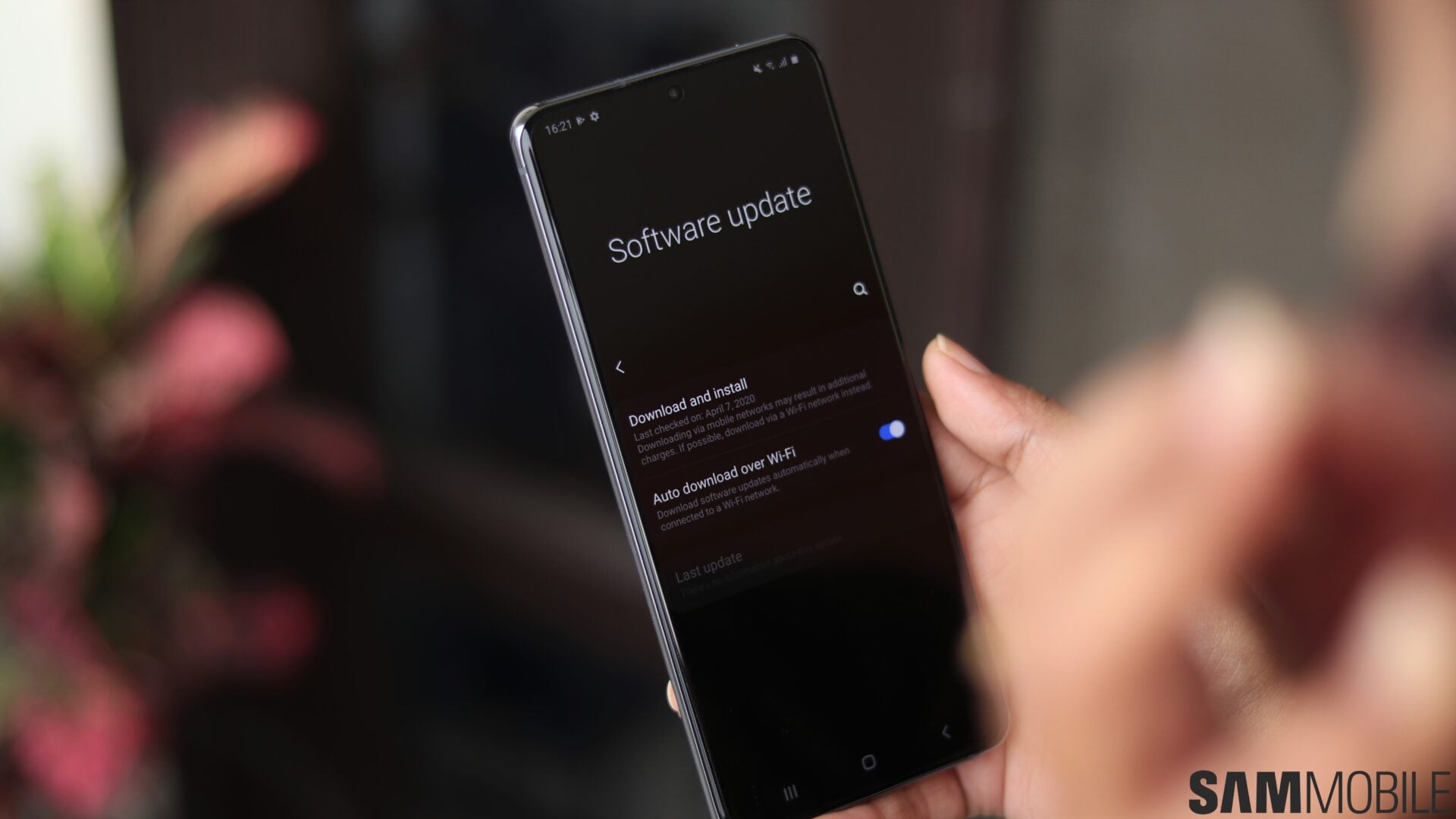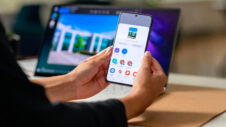Much has been said and written about Samsung's software upgrade policy over the years. Its customers have had to sit through lengthy phased rollouts and excruciatingly long waiting periods. Those who owned factory unlocked units in the United States would often have to wait for months after carrier-locked variants got new updates.
It had all been a bit too erratic. Samsung has managed to clean up its act in the last couple of years. It now rolls out updates much more quickly, the firmware updates are generally stable for the most part and even the US unlocked units aren't made to wait as much. The US unlocked Galaxy S9 actually got its Android 10 update in record time last year.
Something it never changed, though, was the number of core Android OS upgrades that it was willing to offer for its devices. Samsung smartphones and tablets have traditionally received only two years of support. This meant that any given device would only get two major Android OS upgrades. Google releases a fresh iteration of its mobile platform every year with new features and improvements. Once a device received its two upgrades, it was only entitled to security updates for an additional year, and those were often few and far between for some of its entry-level devices.
Many of its fans have continued to call on Samsung to provide at least three years of Android OS upgrades to its devices. That's one of the ways we thought it could provide additional value to Galaxy Fold owners as well. Customers paying $1,980 for what can best be described as an experimental device would have appreciated that. Samsung has kept quiet on the matter for a long time and when it finally broke its silence on the subject, what it had to say was what many of its customers have long waited to hear.
Samsung has now officially committed to providing three Android OS upgrades to upcoming Galaxy S, Galaxy Note and Galaxy Z handsets. Select Galaxy A and Galaxy Tab devices will also be supported for three years. This commitment applies to some existing handsets as well, including the Galaxy Note 10 and Galaxy S10 series, the Galaxy Fold, Galaxy Note 10 and Galaxy S10 Lite in addition to the entire Galaxy S20, Galaxy Note 20 and Galaxy Z Fold 2 lineups. So if you just bought the Galaxy Note 20 Ultra, you're set for Android OS upgrades through to Android 13.
The company says that it has decided to make this shift because it realizes that customers are holding on to their phones for far longer than they used to. This will ensure that they can access the latest and greatest features that Android gets for three years. It's a great way to provide customers with more bang for their buck. They won't feel the need to spend money on a new device after two years just because it can't get the latest Android features for that year.
There are two reasons why Samsung isn't extending this commitment to its entire portfolio of devices, down to every Galaxy A and Galaxy M device. Hardware capability does play into it. Some of its more modest devices may struggle to provide a decent user experience with a third major OS upgrade. They might not pack enough of a punch under the hood to power all of the new functionality. That's less of a concern for devices that it has made this commitment for. The flagships will breeze through the third year and its premium mid-rangers like the Galaxy A51 and Galaxy A71 should be able to pull through as well.
As much as it might seem that Samsung is actively taking away something that might compel customers to upgrade their phones, it's actually making its future devices more enticing to customers, particularly those who may be Android users but may never have owned a Samsung device before. There are very few Android OEMs out there that commit to three years of OS upgrades. Google does that for its Pixel smartphones but that's to be expected anyway since it owns Android. OnePlus does, too, but if you take a more holistic view of the global smartphone market, both of them aren't really in the same league as Samsung. Microsoft has committed to three upgrades for its Surface Duo foldable as well but the company that brought us Windows is also far from being a competitor.
Now when a customer makes a pros and cons list comparing a supported Samsung device with a Xiaomi, LG, Nokia, etc device, Samsung would get an additional point because it guarantees access to new features in the third year. That's especially helpful for customers who spend north of $1,000 on a flagship device and won't really be interested in changing it for the next few years. We can expect to see other OEMs respond to this move. They may also start providing three years of Android OS upgrades. Samsung could then be credited with shaking the industry out of its slumber. The real winner in that scenario is the customer.
One can't help but notice the significance of the timing of this move. Huawei has been Samsung's biggest challenger in most markets across the globe, that's despite the fact that it never got to launch phones in the United States. Now, Huawei is cut off from Google's ecosystem so even though its new phones run Android, they're unable to access services like the Play Store. So while Huawei struggles to retain its relevance in markets outside China where customers are unlikely to compromise on the ecosystem, this promise that Samsung has now made should help bring over even those customers who may never have bought a Galaxy device before.
What matters now is just how this is going to be implemented. Samsung does say that it will release three Android OS upgrades for supported devices “until the hardware specifications allow to provide the optimized mobile experience.” It has understandably left itself some wiggle room. We might see some adjustments in features and functionality, particularly on mid-range devices, if the hardware isn't capable enough of meeting the standards of what Samsung considers to be an optimized mobile experience. Nevertheless, we're glad that Samsung has made this commitment, better late than never.







